This story first appeared in the Fall 2015 edition of Inside Pebble Beach. It has been updated for accuracy and relevancy.
The iconic hourglass-shaped 17th green at Pebble Beach might be the most recognizable on the entire course. It has hosted two of the most famous shots in U.S. Open history — Jack Nicklaus clinching the 1972 championship by hitting the pin with a 1-iron, and Tom Watson chipping in for birdie to take the title 10 years later.
So when it came time to restore the 17th green in 2015, any work performed on this living landmark was carefully considered. Arnold Palmer, Executive Vice President of Golf and Retail RJ Harper, and Director of Agronomy Chris Dalhamer studied photos dating back to the early 1920s to guide the aesthetics of the hole. The green was also updated to USGA specifications, and a state-of-the-art subair system was installed.
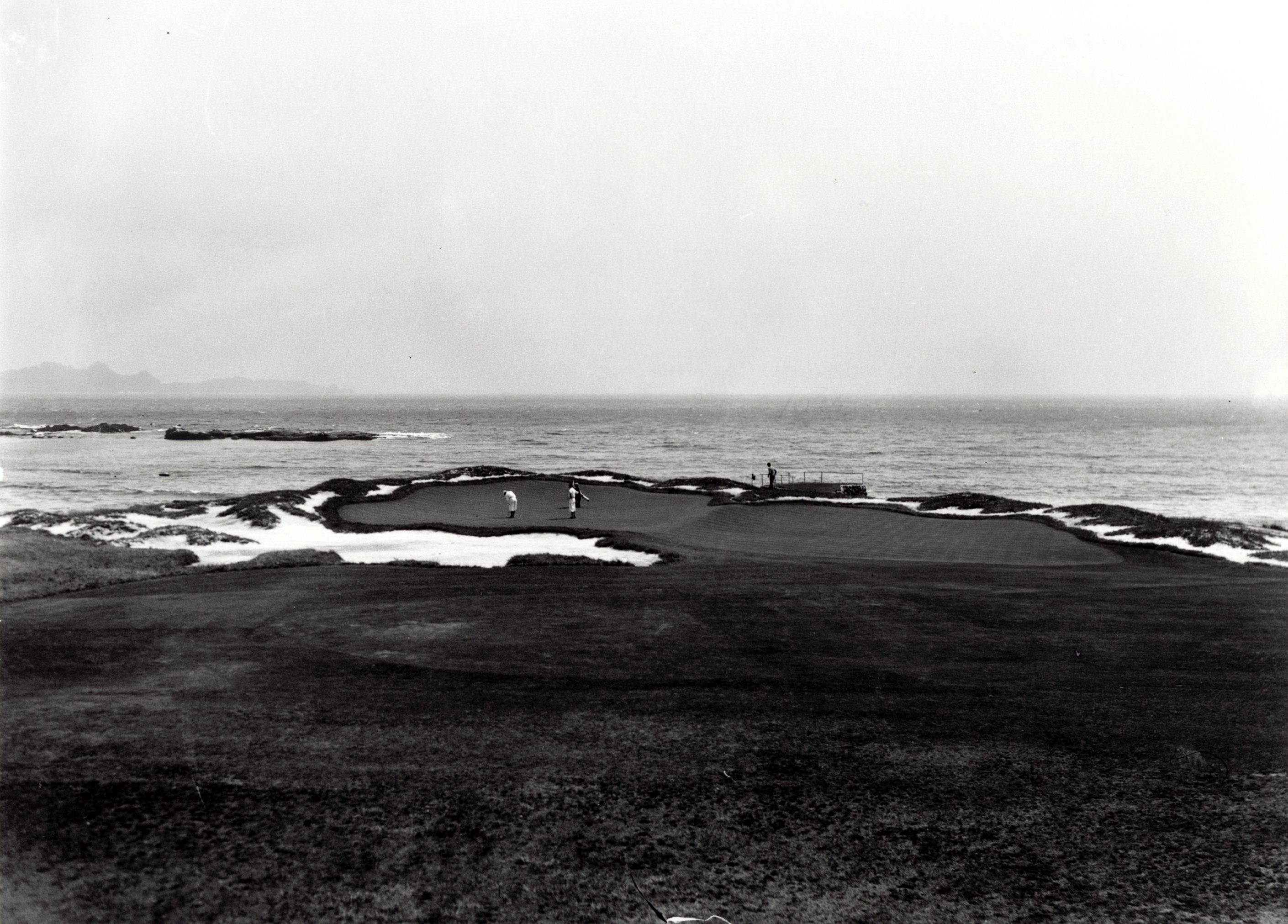
When you stand on the 17th tee now, here’s what you might notice:
There’s more green.
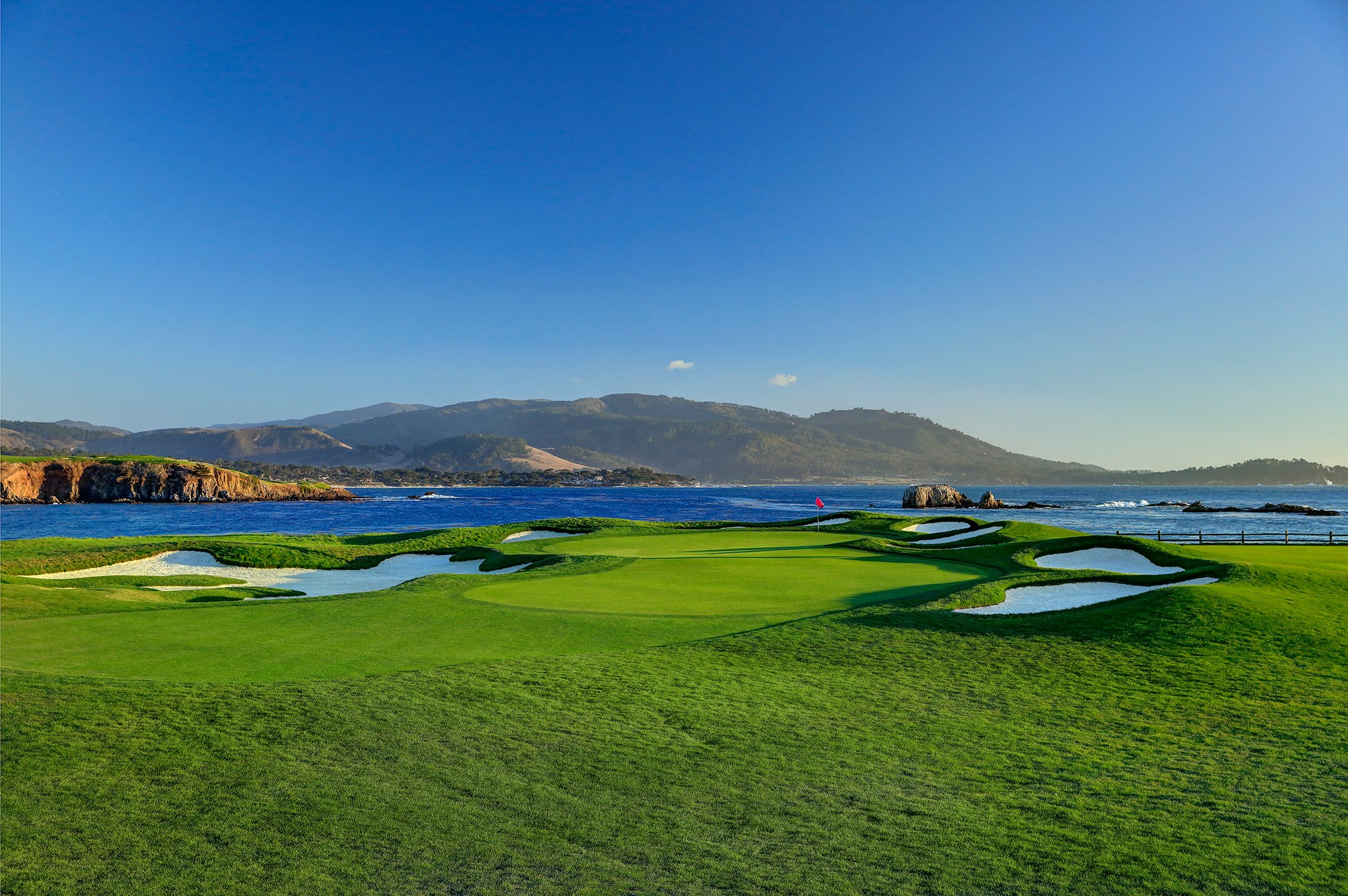
The left side was expanded to provide more pin placements (and hold a few more shots from the back tees across the road). The square footage of the green increased from 3,600 feet to 5,000.
You can see more green.
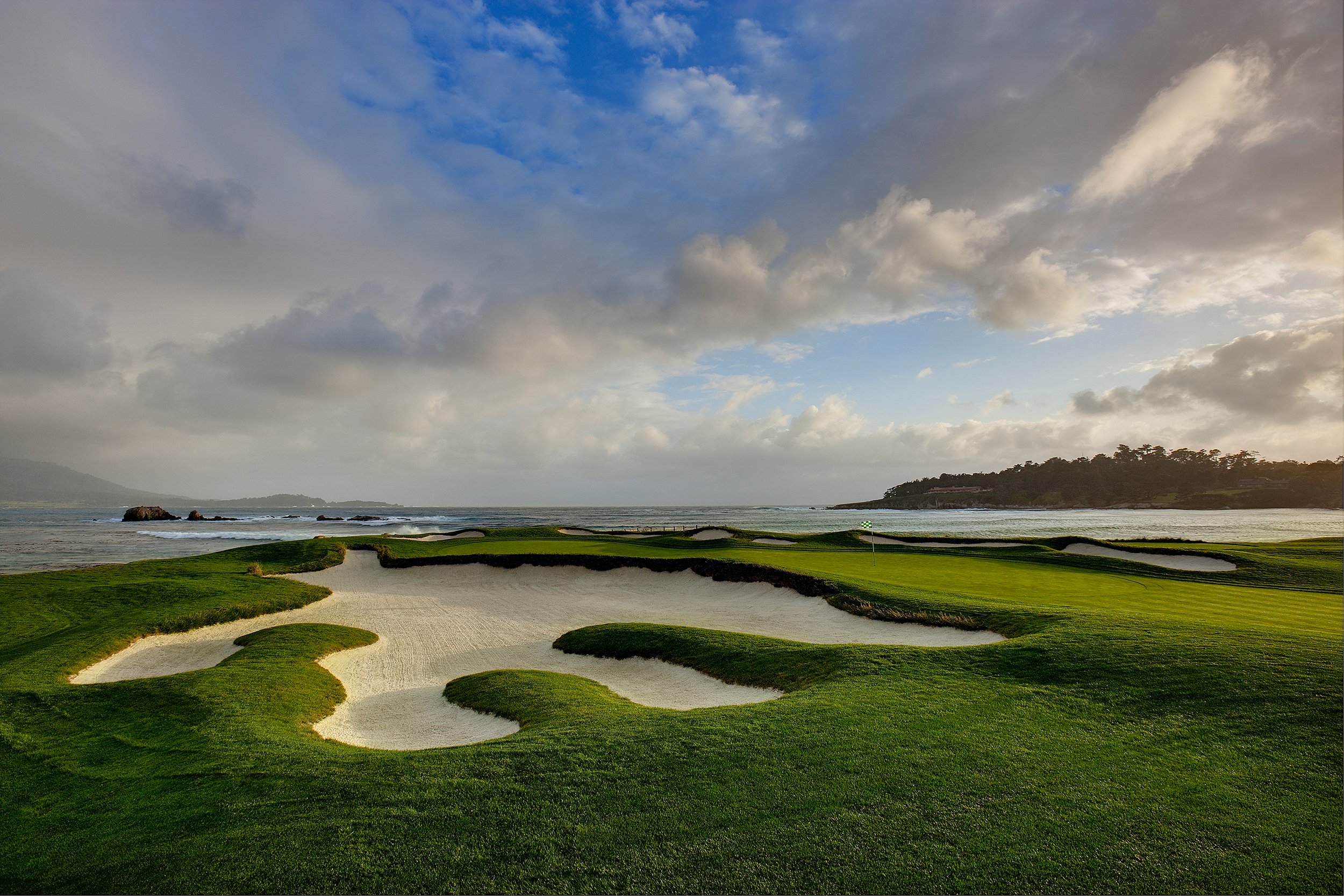
The photo above (from 2010) shows how much the bunker lip hid the left side of the green.
Now, the lip has been brought down closer to its original elevation. Sand shoveled out by decades of bunker shots built up that hump, and also created a downslope for approach shots. As a result, the new green is slightly more receptive.
That front bunker does look a little different.
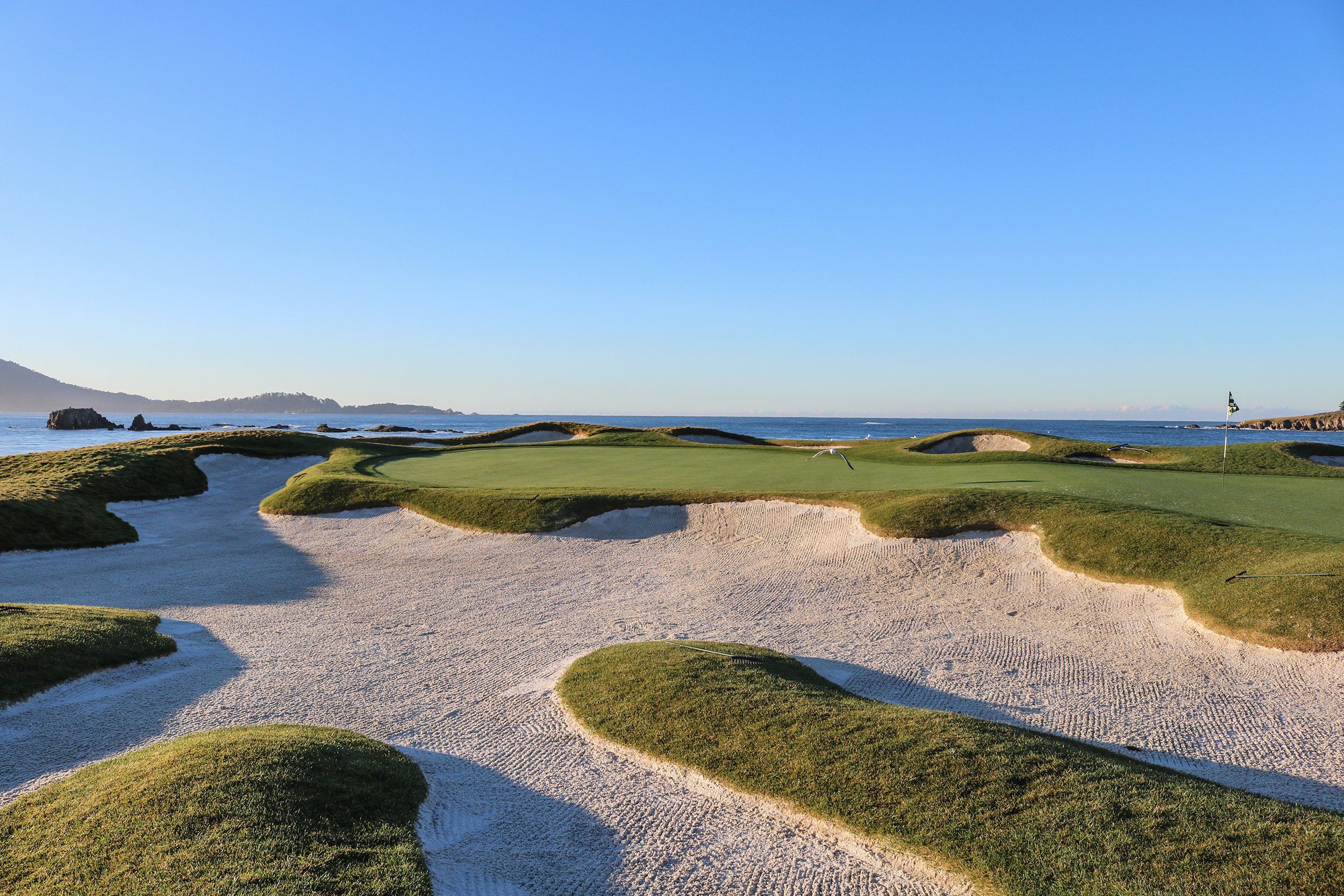
The still-intimidating front bunker has a little more of its classic character now, thanks to some reshaping modeled after archived photos.
You can now find the exact spot Watson hit his famous chip shot.
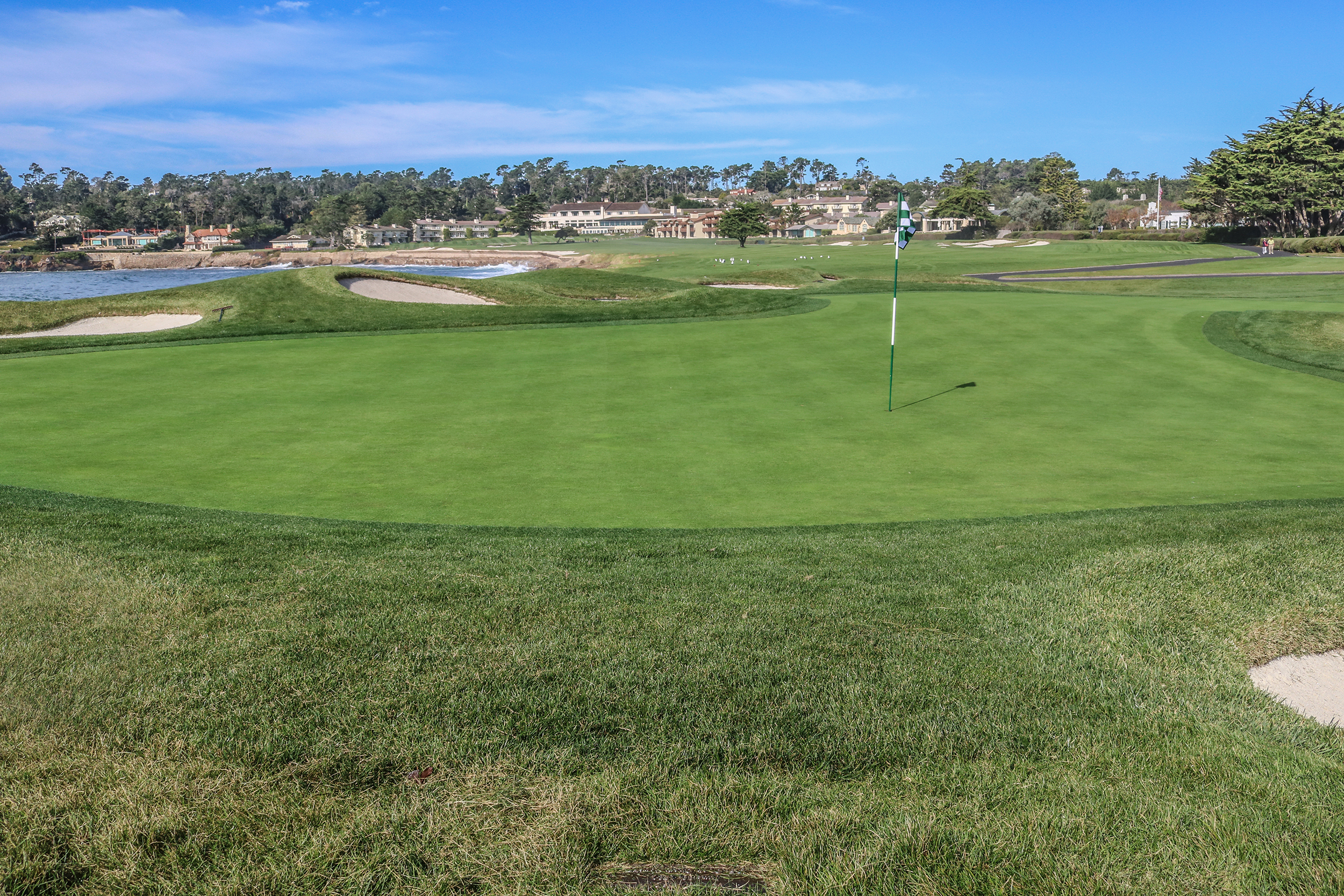
A commemorative plaque has been placed at the spot Watson hit “The (Chip) Shot Heard Round the World” to pull ahead for good at the 1982 U.S. Open.
How the 17th Green was Restored
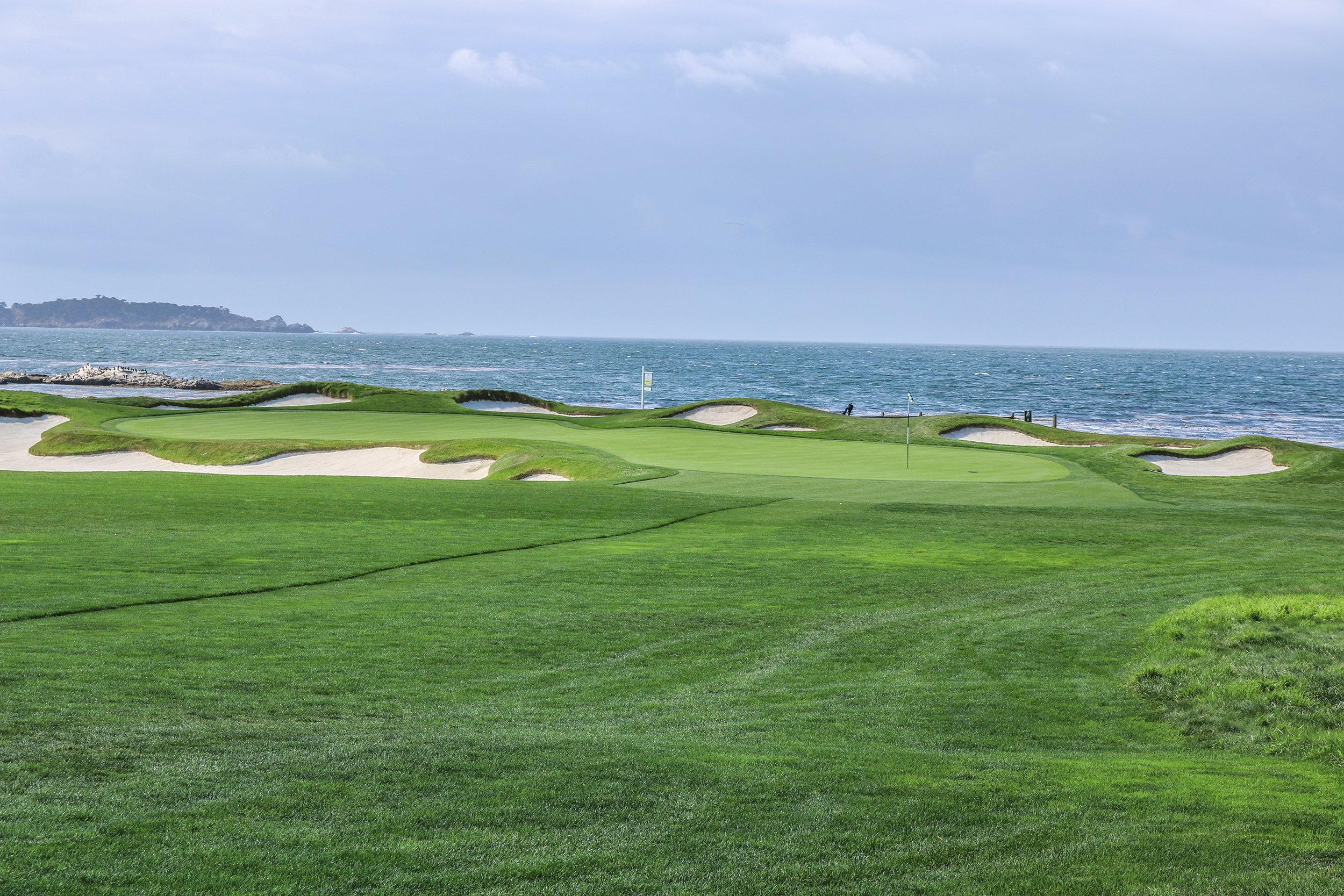
Want to learn more about what went into this restoration project? Dalhamer shared some wonderful insights shortly after the 17th green reopened in 2015:
The 17th green renovation project is one of many commitments to provide the best playing conditions for our guests on a daily basis.
Technology has improved dramatically since Pebble Beach Golf Links opened for play in 1919. Construction of putting surfaces then was to simply “push up” the native soil, level it out, and choose the desired grass for the putting green. Seems simple enough!
Since the early 1990s, Pebble Beach Company has reconstructed 10 greens (including the putting green by the Pebble Beach Pro Shop) to USGA specifications. This is a laboratory-proven method of construction with the following characteristics:
- constant water infiltration and permeability rates
- set amount of air in the sand profile
- balance of air and water when the profile reaches field capacity (saturation)
These characteristics are critical to the overall health and playability of putting surfaces, creating the most consistent surfaces under all conditions. It also means that our guests will have the highest quality putting experience during their visit.
So what are you actually putting on?
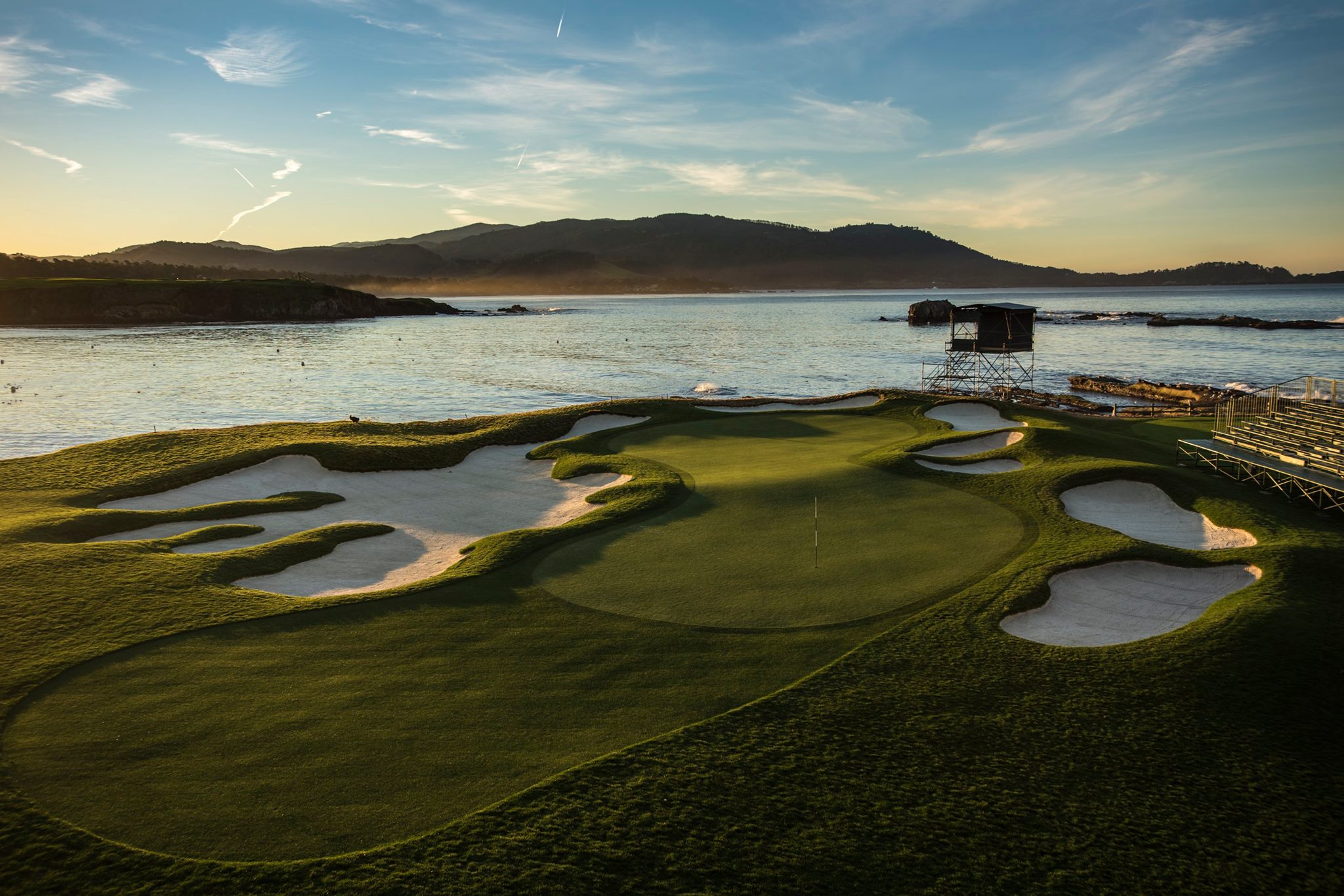
It is much more than just grass. Today’s construction consists of removing 16 inches of soil and creating a cavity from which to begin the building process. A grid of drainage pipe is installed with exit lines departing the cavity.
Four inches of gravel is placed on top of this piping, matching the exact topography designed for the final putting surface.
Twelve inches of a sand/organic material mix is placed on top of the gravel and packed in place to prevent any sinkage or movement. The final process is grassing the surface with sod from a nursery green, constructed years prior on site near the course, to allow repairs and maintain consistency amongst all putting surfaces.
The Other Enhancements
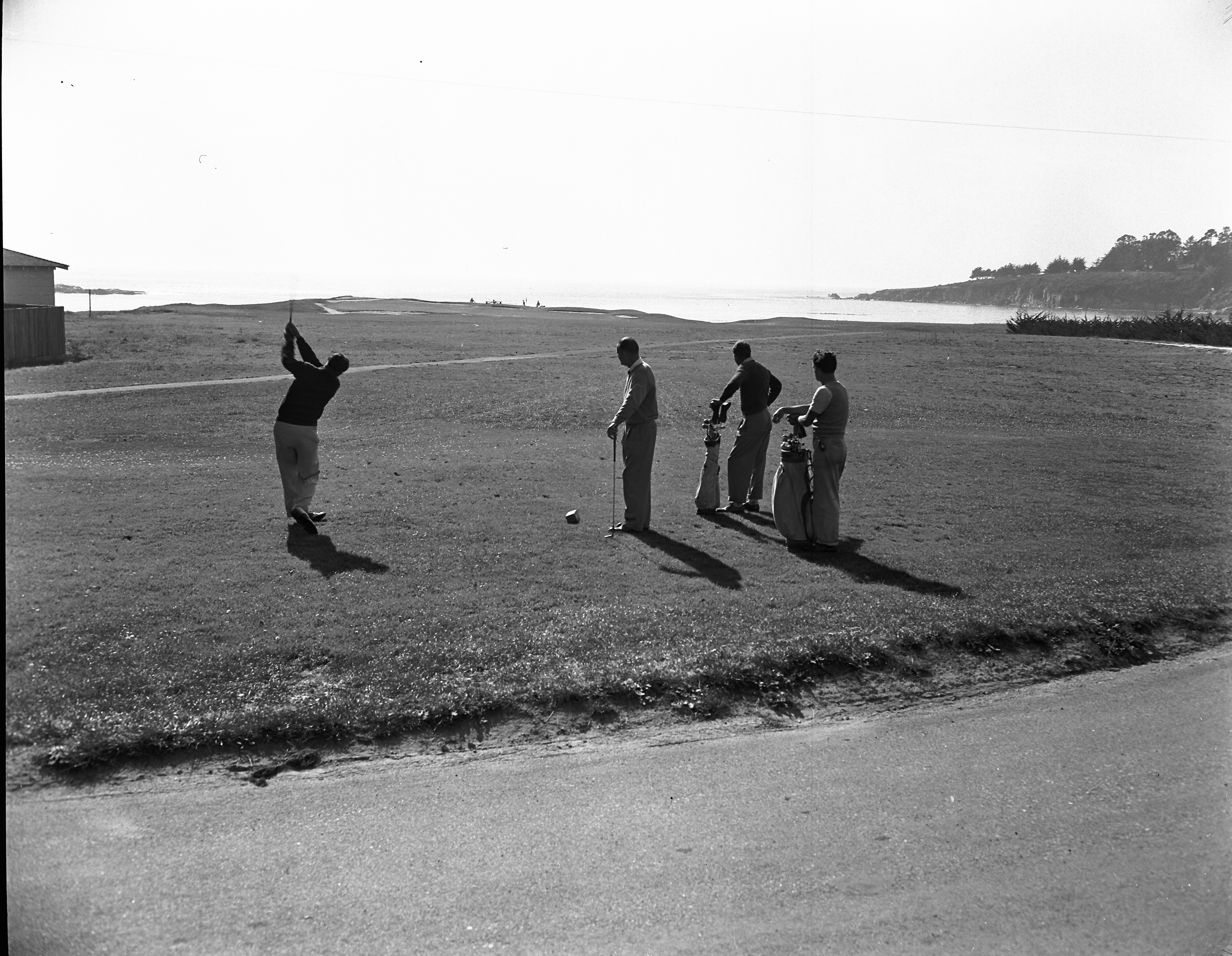
We researched old photographs and drawings dating back to the original design, and found the opportunity to freshen other areas. As a result, we increased the green size from 3,600 square feet to 5,000 square feet, allowing more variety in pin placement.
We lowered bunker edges built up from sand, which improves the visibility of the putting surfaces from the tee. We also reclaimed the front bunker using early photographs to assist with design.
These visible enhancements, along with improved drainage and turf of the green surrounds, created a new and improved 17th hole—faithful to its historic design and exciting for our guests to play.